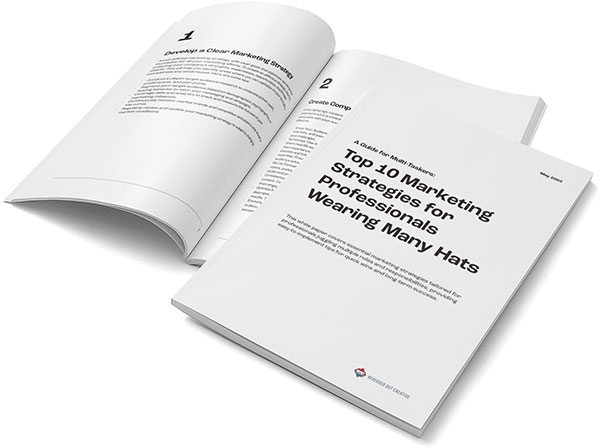
According to the ILO, 15% of the global population is differently-abled. Unfortunately, the reality is that a lot of websites are still not as accessible as they should be. This type of discrimination limits the reach and potential of the differently-abled. Did you know that you can avoid this and become a conscientious and disability-friendly brand? Here are some tips:
Make the site keyboard – friendly.
A lot of websites are mouse-driven. But, using the mouse may be challenging for a person with a disability. It’s crucial to optimize your site for keyboard controls so that the user has an easier time navigating the webpage.
Use ARIA landmarks across the site.
ARIA landmarks are tags that identify the different sections of a page – for example, “Heading,” “Document,” “Main Menu,” etc. These can make the site more accessible by explicitly telling the user what each section represents.
Implement lots of alt tags.
Alt tags are excellent to help visually – challenged users identify the images on the site. The screen reader is designed to read tags and meta as well, so make sure you use alt tags for each graphic. Let the tags be simple and understandable.
Make subtitles, closed captions & transcripts mandatory for all videos.
If your website has videos or moving graphics, embed subtitles and closed captions in them. This makes the clip understandable for people with hearing problems. Furthermore, a transcript after the video negates the need for the person to sit through the video.
Be mindful of the colors you use.
Color blindness can make it difficult for website users to enjoy a comfortable browsing experience. That’s why you must utilize the right combination of colors. As a rule, use shades that don’t bleed into each other. At Reversed Out Marketing, our Covington web designers use a color contrast checker to test out the right proportions for your website.
Increase the size of buttons and clickable spaces.
Keeping a large button size ensures that it is visible for people with both learning and visual challenges. A large clickable area also gives more space for maneuverability for those with upper body disabilities.
Create a web-braille page.
These days, you can translate your site to braille using specialized software. This page can then be printed out and read, which is incredibly helpful for users who don’t have a screen reader.
Optimize your site for resizing.
A user-scalable website that enables users to increase the size of pages is a helpful tool in making the site accessible. Just ensure that the text doesn’t break apart or wrap down when resized, as this affects readability.
Don’t include automatic videos or carousel ads.
People with learning challenges need more time to go through the website. Automatic videos and moving carousels can prove distracting and too fast for them to follow. Keep all your content static.
Limit the number of steps they need to follow.
Finally, when using CTAs or subscribe links, limit actions to one step. This makes it easier for the user to follow your instructions. Our staff of Covington, KY web designers can help you design the most accessible website. Contact us today.
Contact Us
At Reversed Out Creative, we understand the challenges and opportunities presented by AI disruption. Our team of experts specializes in web design, SEO, graphic design, and digital marketing services. Reach out to us through our contact form to learn more about navigating the evolving job market and embracing the potential of AI. Together, let’s shape a future that combines human ingenuity with the power of AI.
Next Article: Voice May Be The Important Digital Advertising Strategy For 2020: Here’s Why
©2025 Reversed Out LLC. All rights reserved. Privacy Policy.


